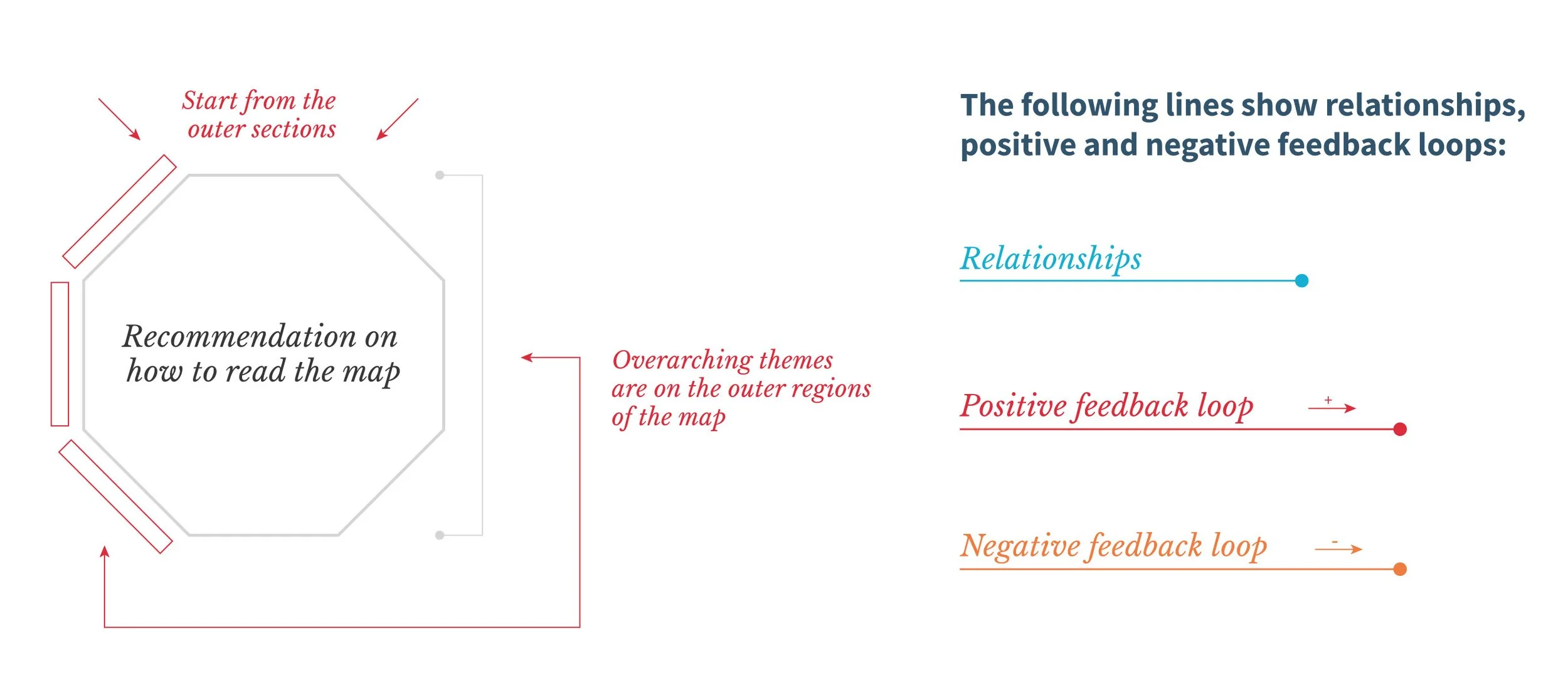Understanding the designer’s role in Latin American Public Sector Innovation Labs
This project explores Public Sector Innovation Labs (PSI Labs) in the Latin American context with a particular focus on designer’s contributions. PSI Labs provide a fantastic opportunity for governments to experiment and innovate how public services are delivered to citizens and improve public institutions’ operations. PSI Labs are becoming increasingly visible, but research has mainly focused on PSI Labs in Europe and North America. Moreover, research has also concentrated on PSI Labs as an institution but not on the people working in them. This thesis attempts to contribute to this growing body of research by studying the particularities of operating PSI Labs in Latin America and design/ers contributions in a space that, according to some proponents, can play an important role in addressing pressing social challenges. By engaging with designers and public servants from other disciplines through semi-structured interviews, this thesis presents insights and proposes future directions that could strengthen PSI Labs structures in Latin America and design contributions. Finally, research findings are synthesized in the form of a Giga map that includes the following themes: challenges, best practices, ideal conditions, expert design, learning opportunities for designers and other public servants, and qualities and expertise of people working in Latin American PSI Labs.
Committee: Pamela Napier (Chair), Aaron Ganci (Advisor), Sofía Bosch Gómez (External Advisor)










How to read this map:
There are three types of connections in the giga-map: relationships, negative and positive feedback loops. Relationships are visualized using blue lines and connect information about specific topics. A negative feedback loop (orange lines) stabilizes a system by subtracting elements from it, whereas a positive feedback loop (red lines) reinforces the system's tendencies by adding elements into it. Finally, the arrows show the travel direction of the line to help the reader navigate the giga-map.
Although this research is limited in the engagement with PSI Labs and the people working in them, it has shown the complex interactions between Labs, public administrators, external stakeholders, and the people they serve. The results of this project are nothing more than a starting point for deeper inquiries about the challenges, disciplinary constraints, and the role of designers in a space that can certainly contribute to creating a better public life. Moreover, the results of this project show us the importance of thinking and acting upon wicked societal problems during long periods of time to achieve meaningful and long-lasting change. For example, according to this research, one major challenge that PSI Labs face is their constant battle to prove the legitimacy of their work in government. On the other side, the government has to deal with multiple forces that come into play when deciding what is 'of value,' i.e., political convenience, budget, unexpected crises such as COVID-19, among others. Even more so in intricate contexts such as the Latin American one, where levels of corruption, economic instability, and others prime. Consequently, it is impossible to think that there is only 'one way' to build legitimacy, but instead, we should think about multiple interventions, in perhaps, long periods of time.
Finally, future research could concentrate on prototyping actions in government agencies or public projects to understand how to build capacity and implement strategies to improve conservative administrations' work.

